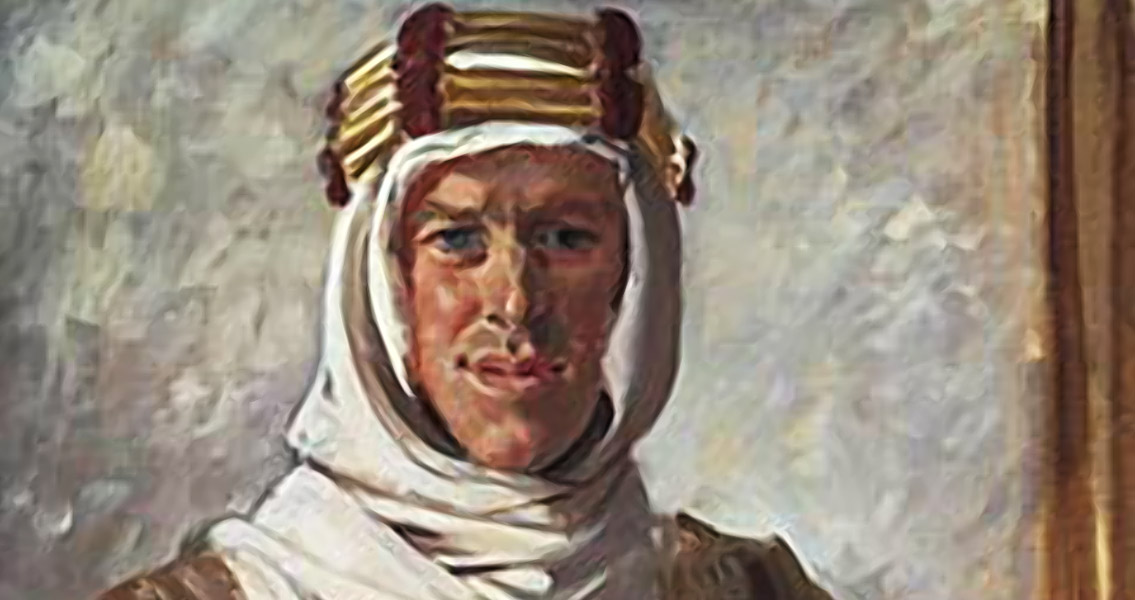<![CDATA[A spent bullet discovered at the site of a train ambush just north of the Hallat Ammar train station has been attributed to the Colt automatic pistol carried by the mastermind behind the attack, an Oxford archaeologist and wartime officer named Thomas Edward Lawrence - who would later become known as Lawrence of Arabia. The bullet was found in the course of field work being conducted by a team of archaeologists from Bristol University, in association with the Great Arab Revolt Project. The project has led excavation efforts at dozens of sites in the Arabian desert connected to the revolt by the Arabs against the Turks between 1916 and 1918. Lawrence described his experience in the desert, where he served as the rebels' liaison officer, in his book Seven Pillars of Wisdom. In a Bristol University press release one of the project leads, Professor Nicholas Saunders, said, “The bullet we found came from a Colt automatic pistol, the type of gun known to be carried by Lawrence and almost certainly not used by any of the ambush’s other participants.” Over the years the integrity of Lawrence’s portrayal of the rebel skirmishes and his role in them has been questioned, with many believing he had taken some dramatic license in Seven Pillars of Wisdom. However, archaeologists have found nothing at any of the excavation sites to debunk his story. Another project participant, Dr. Neil Faulkner, is quoted in the Bristol press release as saying “Lawrence has something of a reputation as a teller of tall tales, but this bullet – and the other archaeological evidence we unearthed during ten years of fieldwork – indicates how reliable his account of the Arab Revolt in Seven Pillars of Wisdom is.” Only two months previously another item related to the Hallat Ammar ambush, a nameplate from a Hejaz Railway engine, reappeared after being lost for nearly 80 years. In 1933, Lawrence gave the nameplate to his friend Vyvyan Richards’ family for safekeeping, and it remained with them after his death in 1935. The nameplate is inscribed in Ottoman Turkish and translates as “iron road”, that is “Hejaz Railway”. The Richards’ family tradition claims that Lawrence “souvenired” the nameplate from a train he attacked. The ambush of the Hallat Ammar train was a rare opportunity for such a souvenir to be acquired given the Turkish train actually had two locomotives instead of just one, and there would have been ample time to pry off a nameplate. In fact, the ambush was so stunningly successful it likely held more meaning to Lawrence than other attacks, and would have merited taking a souvenir. “It is extraordinary,” Professor Saunders added in the Bristol press release, “that after 100 years new discoveries like this are still being made, casting new light on a guerrilla war which helped reshape the Middle East after 1918 – the consequences of which we are still living with today.”]]>
Spent Bullet Verifies T.E. Lawrence's Story
